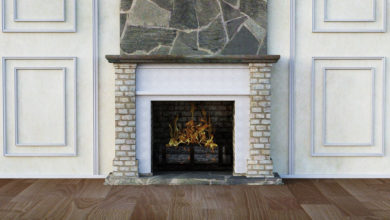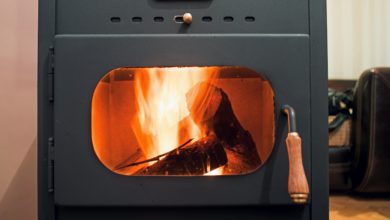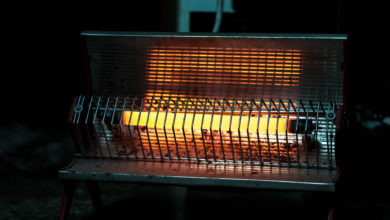Having your hot shower water suddenly turn freezing cold is unpleasant, as is finding steaming hot water pour on top of you when you don’t want it to. As unpleasant as these problems are, they do find relatively common causes most of the time. So, whether the problem is water not getting hot in shower or no cold water in shower, let’s go over the 3 main probable causes here:
1. Another water demand in the house is affecting the temperature of the water
If hot water turns cold in the shower, this usually means that somewhere else in your house someone has started using water as well. Depending on the specifics of your system this can be as simple as someone starting the dishwasher or flushing the toilet, even though these use cold water instead of cold
When this happens, it’s most likely that the pressure-balanced and thermostatic shower/tub controls should counteract the problem. If they are not doing this, you’ll most likely need to replace the shower cartridge.
 2. There’s a faulty water heater dip tube
2. There’s a faulty water heater dip tube
If you’re using a conventional tank-based water heater and the shower water temperature keeps changing, the most probable cause is a problem with the dip tube of the water heater. To fix this, check out the top of your water heater – there should be two pipes that extend from it.
One is long and goes downwards – that’s for the cold water. The other is shorter and it draws hot water from the top of the heater. Either of those can be cracked, corroded, it can have holes in it or it might have snapped altogether. Either way, replacing the faulty dip tube will most likely fix the problem as the hot and cold water won’t mix anymore and result in inconsistent temperatures.
3. The tankless water heater may be running out of hot water
Is the tankless water heater hot then cold all of a sudden? The main problem with tankless water heaters is that sometimes the demand for hot water is higher than the supply the heater offers. An average shower uses between one and two and a half gallons of water per minute. An average tankless water heater can supply up to three and a half gallons of water per minute but only when it’s working properly – if there are problems with the heater, the water supply will decrease.
The possible problems may include mineral deposits buildup in the heater or blocked vent pipes by debris or vermin. Cleaning both the vent pipes and the water heater itself should solve the problem.

 2. There’s a faulty water heater dip tube
2. There’s a faulty water heater dip tube



